First Encounter for the Mexican Caribbean
On June 26, 2021, during the month of the oceans, Cancun Sailing held its First Meeting For the Mexican Caribbean, where six professionals in the...
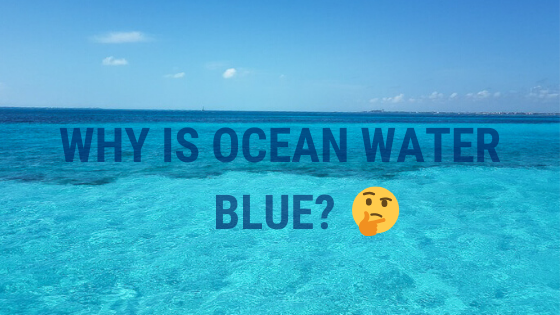
Why is ocean water blue? Why does it have different colors? Those are common questions that might have popped into our heads at some point. You might think that the ocean is blue because it reflects the blue sky but actually is more specific and complex than what it seems.
If you are a believer in this common misconception don't worry since in this week’s blog post we will provide all the information you need to satisfy your curiosity.

Even though pure water is clear, the different shades and colors of the ocean are mainly a result of the ABSORPTION of light and not for reflecting it on its depth and the amount of light that penetrates its surface. Believe it or not, water absorbs red, yellow, and green light better than blue light! This means that water “ingests” easier the red, yellow, and green light, leaving the blue light the one remaining.
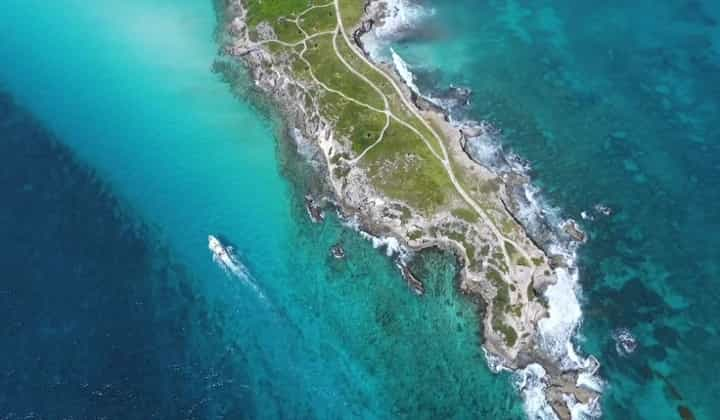 The deeper the water gets, the darker is its tone simply because blue is the only color of sunlight left after all colors were absorbed by the water’s molecules.
The deeper the water gets, the darker is its tone simply because blue is the only color of sunlight left after all colors were absorbed by the water’s molecules.
However, another very important biological factor is algae or small microorganisms known as phytoplankton. These single-celled microorganisms use green pigments to capture energy from the sun to convert water and carbon dioxide into the organic components that make up their bodies. Through photosynthesis, they generate approximately half of the oxygen that humans consume.
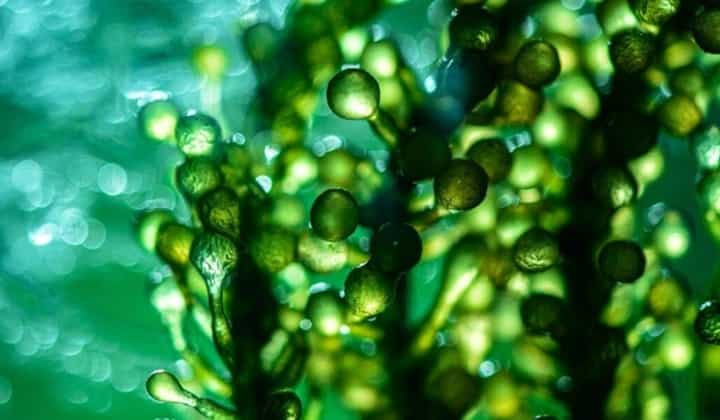
Phytoplankton absorbs electromagnetic radiation in the reds and blues of the visible spectrum but reflects the greens, which explains why the waters they inhabit look green. Similarly, due to the biodiversity of algae and other plants, green light is reflected, as well as dirt or contamination and other materials found at the bottom of the ocean. This makes you see the tones of green or brown oceans for example.
On the other hand, the oceans change shades and colors due to many factors. The Haloclines, or borders between waters with different salinity, are spectacular, and this is what we see when the Atlantic and Pacific oceans meet. Haloclines appear when the water in one ocean or sea is at least five times saltier than in the other.
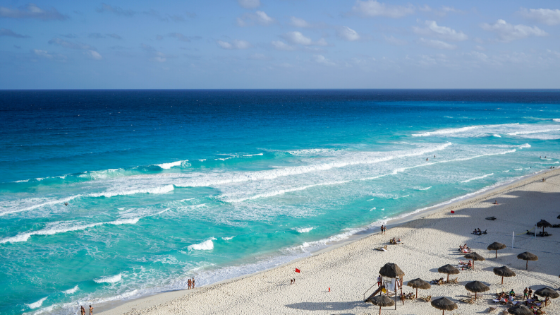
The Atlantic and Pacific oceans have different densities and chemical compositions, levels of salinity, and other qualities. One can see by their color that they are far from the same. Another important difference between the water in the two oceans is the connection strength of the molecules or the resistance to surface traction.
Perhaps they could gradually begin to mix over time, but since the flows in them have opposite directions, they simply don't have time to do so. There are also thermoclines, borders between waters of different temperatures, such as the warm water of the Gulf Stream and the much colder water of the North Atlantic Ocean.
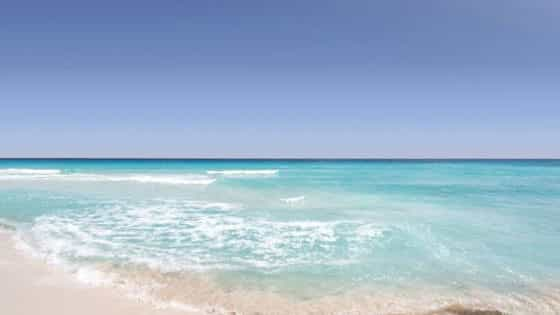
Caribbean waters
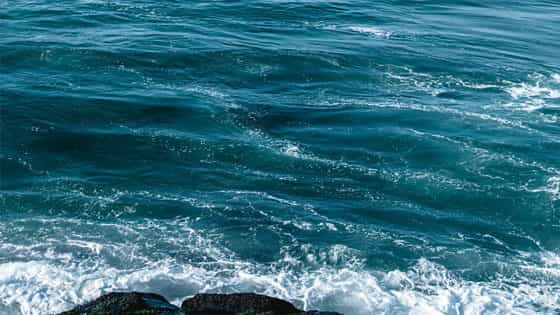
Atlantic waters
Where have you seen the best sea color? Leave us your comments and tell us what other topics you would like us to talk about.

On June 26, 2021, during the month of the oceans, Cancun Sailing held its First Meeting For the Mexican Caribbean, where six professionals in the...
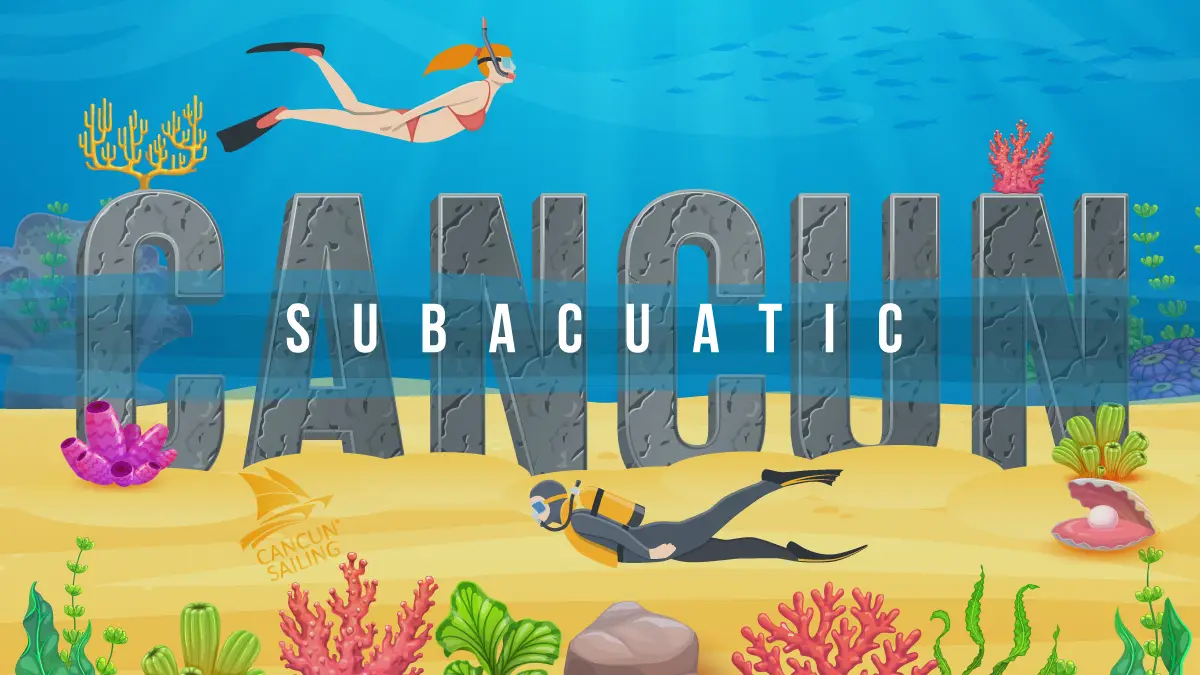
4 min read
Cancun is Mexico's tourist destination par excellence and is well known for its paradisiacal beaches of fine white sand, crystal clear waters, and an...